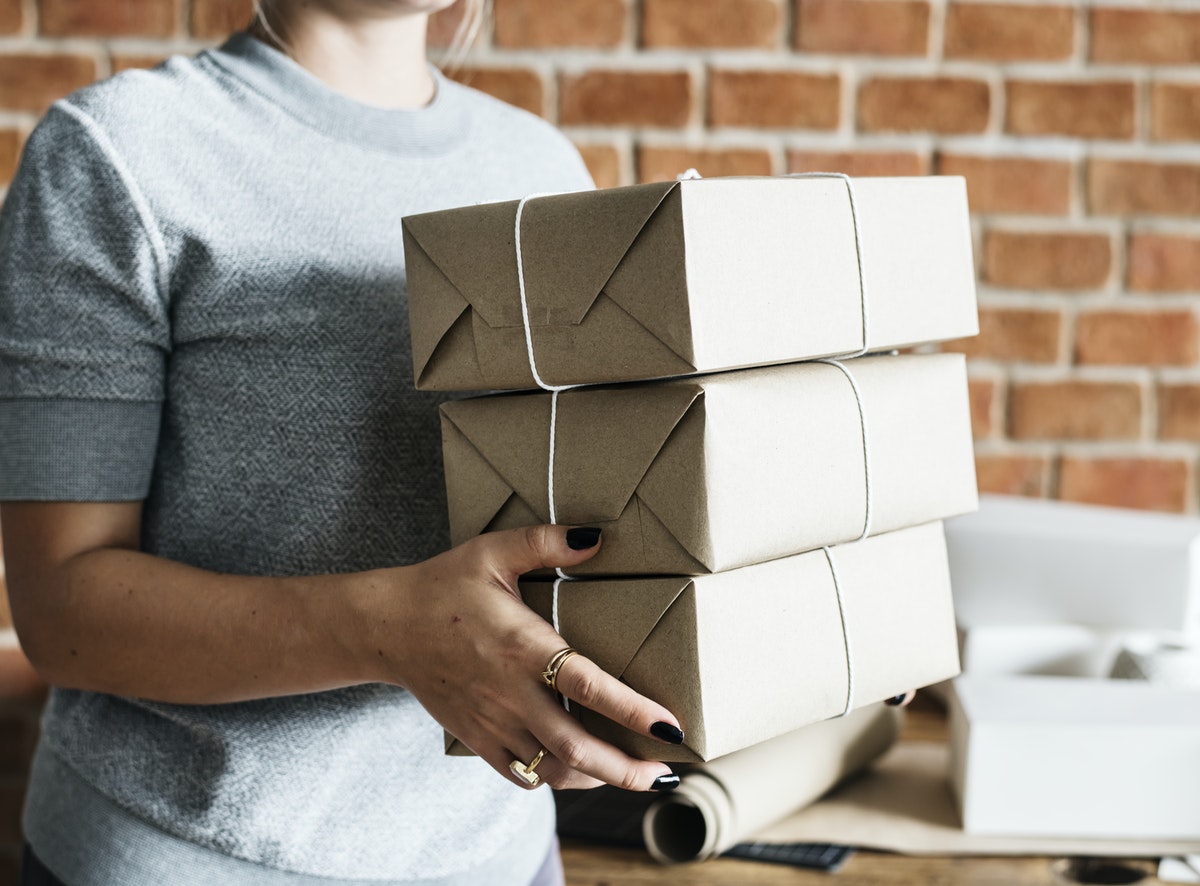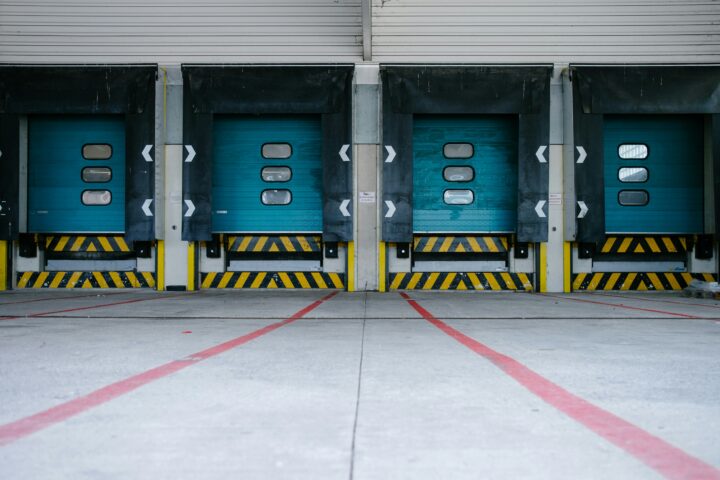E-Commerce – State Of Online Returns – September 2020 – New Trends & Tips
Written by
Kinga EdwardsPublished on

The global COVID-19 pandemic has brought many changes to the world. Some industries have suffered massively, while for others the virus opened the door to a world of pure success and growth.
For e-Commerce, a worldwide lockdown and extremely strict rules of isolation meant one thing: it’s time to shine. However, it’s not as easy as it sounds. The pandemic has caused people to change a lot of their shopping habits, such as their approach to online returns.
According to the 4th annual consumer study of the state of online returns in September 2020 conducted by Narvar, new trends have emerged that retailers have to know about. And if you think it’s hard to constantly stay up to date – you couldn’t be more right! But don’t worry, we’re here to help you with our helpful list of dos and don’ts that retailers and D2C brands should definitely follow in order to stay in the game during these challenging times!
Convenience and predictability is key
During times of a global chaos, convenience and predictability is something customers desperately need and are even willing to pay for. For retailers it means there’s room for collection of nominal fees for premium delivery and returns options, which can help mitigate operational costs for retailers.
DO: provide convenience.
DO: make it easy to predict your actions.
DON’T: leave your customers uninformed and confused.
Bracket purchases are even more popular
With size, fit, and color as main drivers, as well as a desire to try new retailers, bracketing is something customers are now looking for increasingly more often. This trend is specifically noticeable among luxury shoppers (71%), under 30 year olds (70%), and individuals with a household income over $100k. If your online business caters to the needs of such customers, you should pay extra attention to this trend!
However, not everyone is fond of bracketing according to the report. Sadly, a ‘one-size-fits-all’ approach doesn’t work here, and as a retailer you need to make sure you understand your target audience’s needs and habits.
DO: expect customers to buy in large quantities, often the same products but in different shapes, sizes, and colors
DON’T: be upset when they wish to return or exchange a purchase
Loyalty Shock
Experimenting with new retailers was noticed among over half of consumers (56%). 87% of them expect to continue shopping at new retailers when life goes back to normal. “What are the reasons?” you might wonder. Well, there are a few. Whether it’s just pure desire to try something new, willingness to support a local business, or simply the only alternative due to a previous retailer’s situation (lack of stock, long delivery time, etc.), customers are becoming more open to trying new retailers. This gives retailers and D2C brands a great opportunity for new customer retention.
DO: keep your arms open for new customers.
DO: have the resources to provide excellent service to new customers.
DON’T: panic if they don’t return to your store.
CUSTOMER RETENTION POSSIBILITIES:
DO: provide fast shipping.
DO: offer a wide range of products.
DO: provide convenient options for returns, pickup, and delivery .
DON’T: ignore new customers’ wants and needs.
Effective communication should be your go-to
Communication is even more important during these uncertain times. It turns out that great communication can save you money! Interestingly enough, the report states that effective communication is essential for consumers to forgive shipping delays. Nearly half of those who experienced a delay in shipping were not well informed by retailers about the issue. This isn’t exactly the way you would want to treat your customers, right?
DO: keep your customers updated at all times.
DON’T: leave your customers wondering where their order is.
Trying and experimenting seem to be a new hobby
During the pandemic, many customers tried a number of different shopping and delivery methods for the first time or increased their activity in them, with the most popular methods being:
- Same day and scheduled delivery.
- Buy online, pick up curbside.
- Buy online, pick up in store.
This is your time to think whether or not your business is flexible enough to offer various solutions. If the answer is “no”, keep reading to find out how to change it!
DO: provide various delivery and return methods.
DO: offer flexibility.
DON’T rely just on one delivery method.
‘Think before you buy’ as a new doctrine for online shopping and in-store visits
Customers have become more deliberate about their purchases since the pandemic started. Some customers even avoided making certain purchases, while some decided to save up their returns until a store visit was possible. There are some important takeaways from this observation:
DO: make customers’ visit to the store worth their time.
DO: implement some unique aspects, experiences, and services.
DO: optimize online experiences leading to customer retention.
DO: telegraph an easy returns process.
DO: give thorough item descriptions leaving as few questions as possible.
Positive returns experience is key for retention
Factors including easy communication, convenient locations, and fast refunds are critical for customer retention, especially now during a loyalty shock caused by the pandemic that also drives customer acquisition opportunities.
DO: make communication easy.
DO: send clear messages.
DO: keep in mind your customers’ budget.
DON’T: make customers wait a long time for refunds.
DON’T: overestimate your customers’ capabilities.
DON’T charge high fees for actions such as restocking and return shipments.
Easy online exchanges will save your sales
DO: provide easy online replacements.
DO: offer competitive prices.
DO: make sure you offer a wide range of products in different sizes, colors, and styles.
DON’T: ignore a lack of stock.
DON’T: be slow with replacements.
Demand for alternative drop-off locations is rising, and so should your awareness!
According to the report, the most popular drop-off locations in 2020 were:
– Designated alternative drop-off locations such as pharmacies and lockers (22%)
– Mail: took to carrier to mail back (35%)
– Mail: scheduled carrier pick-up (12%)
– Returned itostore (12%)
Customers often choose alternative return locations for various reasons, and this is why you should always be prepared to offer flexibility. Keep this in mind!
Paperless returns are cool
Desire and actual use of labelless returns nearly doubled throughout the pandemic in 2020, and 27% of shoppers used a QR code on their mobile phone for their most recent return. Moral of the story? Try being more eco-friendly and your customers will love you!
DO: offer labelless return methods.
DON’T: kill trees if not necessary.
DON’T: limit your flexibility.
Now nothing will surprise you!
The pandemic has changed our lives drastically, but it doesn’t mean you can’t benefit from it. With this short and simple list of current trends and tips, you are well prepared for what’s to come. Remember and, if necessary, implement them as soon as possible in order to make sure you are making the most out of your business. After all, the competition never sleeps and you surely don’t want to fall behind.


